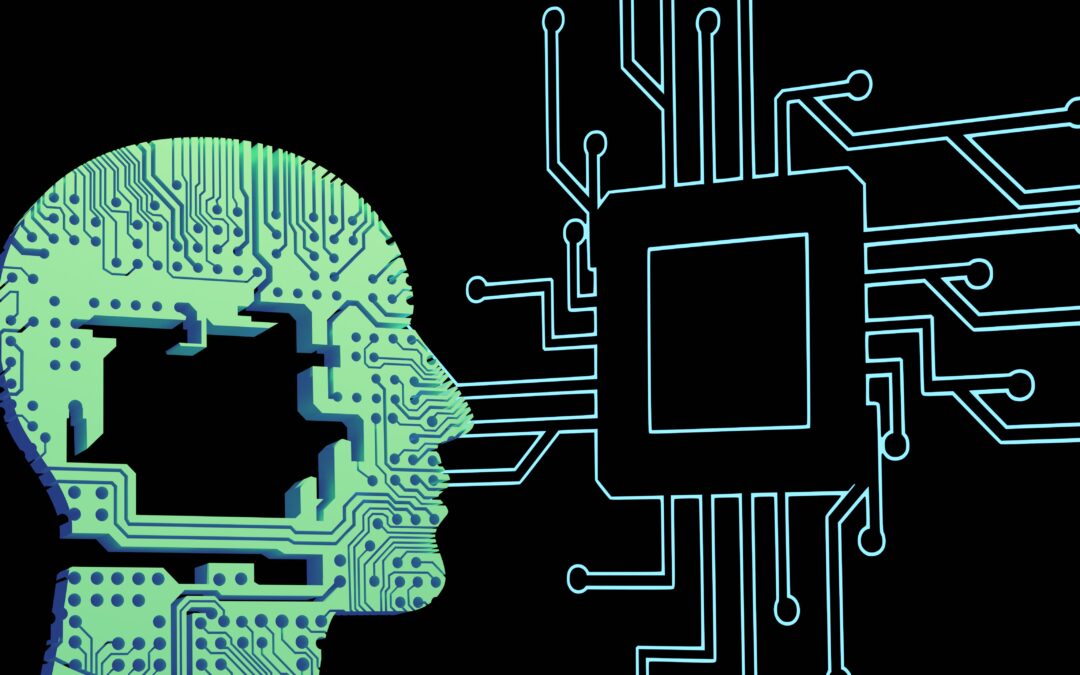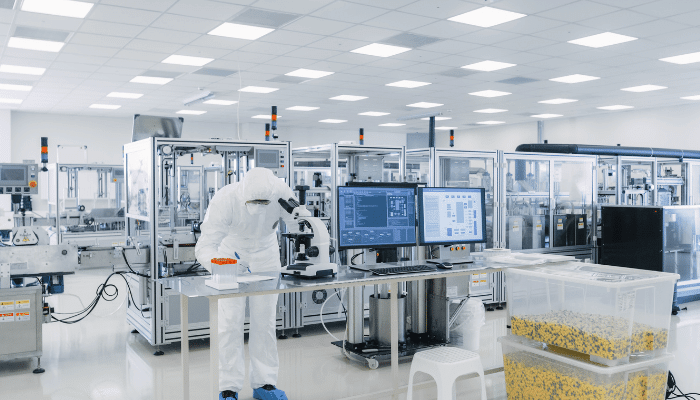While there might have been a point in time when IIoT technology was a new concept, and not very widely available. This is not the case today. Today, IoT and industrial automation together are not only available to those billion-dollar+ corporations, or even just the larger companies in general.
Today, IoT and industrial automation technology is available for any sized manufacturer. Furthermore, it does not require a substantial upfront investment to get your foot in the door. As the solutions become more available and affordable, more companies want to and are able to buy into the idea. It’s slowly becoming more standard for companies to implement IIoT technology. If you want to continue on an upward trend, you have to keep up with the times. Adjust and adapt to industry changes.
At the end of the day, we are all chasing more revenue, more money, and more profit in an efficient manner. In this article, I am going to provide more insight into what IoT and industrial automation are, and how you can use them to generate more revenue.
IoT and Industrial Automation are not the same things
First things first, we should define what IoT and industrial automation are. While they do go hand-in-hand, they are not exactly the same thing. The two terms are often used together. As a result, they are commonly interchanged and thought to be the same thing. However, there are some key aspects that differentiate these two terms.
Industrial IoT
Industrial IoT (IIoT) is connected sensors, PLCs, HMIs, and other devices that are networked together to extract and share data and information from machines and equipment on the factory floor. The key here is the network, IoT devices are all internet-enabled devices that can share detailed information in real-time.
Industrial IoT has a lot to do with the connected factory idea and digital transformation. It takes the capabilities of industrial automation and makes deeper data available more broadly, in a very efficient manner.
Industrial Automation
Industrial automation is any activity or instance where machines and AI take over tasks that would otherwise require human intervention. Any process that can be taken over by machines can be considered industrial automation.
Now that we have defined both Industrial IoT and industrial automation, it is more clear to see how they complement each other and could be used together in many ways.
A Change in the Manufacturing Landscape
A lot of manufacturers are stuck in their own, old ways. They have been doing business a certain way for many years and do not see much reason why they need to adapt and change now. The vast majority of these manufacturers are leaving a lot on the table. They could be making the uptime of their machines more efficient, employees’ time more efficient, taking on more projects with saved time, and producing more with what they already have.
Yes, do more with what you already have. IoT is not forcing you to make a multi-million dollar investment and create an entirely new factory with all new smart machines. You can implement an IoT device on a 30-year-old CNC machine, or even older than that.
This is a big reason why any sized manufacturer needs to take advantage of IoT and industrial automation now. As more companies become aware of this technology, and how much more readily available it is and continues to become, they will start to take advantage. Your competitors will take advantage.
You can start small, and at Ectobox we actually recommend that you start small. Start with just 1 or 2 machines and go from there.
Now, as promised, I will go over a few of the benefits you will receive from IoT and industrial automation that will help you put more money in your pockets.
How you will generate More Revenue by Combining IoT and Industrial Automation
More money in less time, that’s the goal. So how do IoT and industrial automation help with this? Industrial Automation automates the tasks and IoT gathers and delivers the data to make adjustments. Once you implement the IoT system your job is to analyze the data and look for areas that can be improved.
Combating Downtime
One area this would be extremely beneficial is with combating downtime. You can analyze the trends and pick up on machine behavior patterns that may occur before a machine goes down. It’s near impossible to completely eliminate unplanned machine downtime. With that being said, if you utilize machine learning and analyze trends, your machine downtime can decrease dramatically.
The ability to be Proactive, not Reactive
Continuous improvement is a fairly common philosophy that manufacturers should be following. The name says it all, you should constantly be actively searching for areas to improve. How are you going to know what needs improvement if you have no data? With big data analytics and IoT, you will have deep sets of data and information that would otherwise never be available. You might think you have a pretty good idea of what is running well and what really needs some attention. You might be surprised as many manufactures are when they see that their “most optimal, most efficient” machines are the ones that possibly have the most room for improvement.
Not to say those “best” machines aren’t running well, but they might have the ability to be even more productive. This is continuous improvement- be proactive, look for areas to improve. Don’t be reactive, only giving attention when there is a stoppage. Take advantage of the modern tools and resources available today for your benefit.
These are just a couple of ways that IoT and industrial automation can generate more money when utilized properly. On the Ectobox blog, you can find many articles that highlight more benefits such as predictive maintenance, improved lead times, how you can decrease planned downtime, quality control, and many more IoT benefits.
Summary
Time have changed. The manufacturing landscape has become vastly different compared to how it was even just a few years ago. Industrial automation is not really a new concept. Implementing IoT systems with your automated machines is the big difference. Industry 4.0 is here now and it’s here to stay. The benefits are there, many manufactures are beginning to see the value and take advantage. Don’t miss out on the benefits of IoT, the connected factory, and get stuck in the old outdated ways of manufacturing.






